If you're taking chess lessons and already know how to set a chessboard and basic openings, it's time to try your skills on online chess platforms. But, before you do that, you must know the chess pieces' point values. This way, you would know which pieces to exchange and which not to.
Moreover, this will help you to understand who's advanced (winning) in the game; you or your opponent. Let's dive in.
What are the Values of Chess Pieces in Points?
1. The Standard Values of Chess Pieces Here
"standard" means this is what most organizations and platforms consider. So, the standard values of chess pieces are:

2. King's Value | Is it Zero?
No, the King's point value in chess isn't 0. Many beginners often think that the King's value is zero because they don't find any concrete numerical value for it. Well, fellow chess players, you don't see any value because the King's value is infinite.
At least, this is what most chess organizations and Bobby Fischer consider. The reason is simple: The King can't be captured, traded/exchanged during the game. The best one can do for a king is to checkmate it.

King's Value is 200 Points | As Per the Chess Engines Chess
Engines often assign an arbitrary, huge value to the King, mostly 200 points or above. Anyway, the point value doesn't matter because nobody can capture or exchange the King during the game of chess. So, point value or no point values, it's all the same.
Do the Values of Chess Pieces Change? No, the value of the chess pieces DON'T change numerically, but their overall value (importance) changes.
The overall value of a piece can be judged by considering its
Position on the board
The phase of the game
For instance, a knight and a bishop have the same numerical values. However, their situational value depends on their role in the game. Based on this, the chess engine evaluates the point values differently than the set standard.
What matters most is whether that particular piece(s) is keeping player X in an advantageous position or not. If it gains material advantage, that piece's point value will be higher than the standard point value. I will explain this by taking a situation.
TWO ROOKS v/s QUEEN and A PAWN
Let's say Black has two rooks, and White has a queen and a pawn. What do we have? Black: Two rooks White: A queen & a pawn Now, who is in the winning position? Black or White?
Black is in a winning position even though the queen is more powerful than a rook. Why? Because a pawn is counted as a disadvantage in most cases. However, the situation changes if the pawn threatens the enemy queen or is in a more valuable position.
2. The Values Change in the Endgame | How and Why
In the opening of a chess game, the strength of the pieces and pawns always remain the same (to the standard values). In contrast, during the endgame, the relative value of the chess pieces changed.
Examples of how values change in the endgame
A rook is more powerful than any minor piece.
Two rooks are more powerful than a queen.
A rook and a pawn are equal to "Two knights" and "a knight and a bishop".
A rook and two pawns are equal to a pair of bishops.
A pawn is a relatively stronger chess character, especially if it's a passed pawn.
A bishop is more valuable if it has a large number of squares open diagonally.
Learn the Best Endgame Strategies to Beat your Enemy in no time
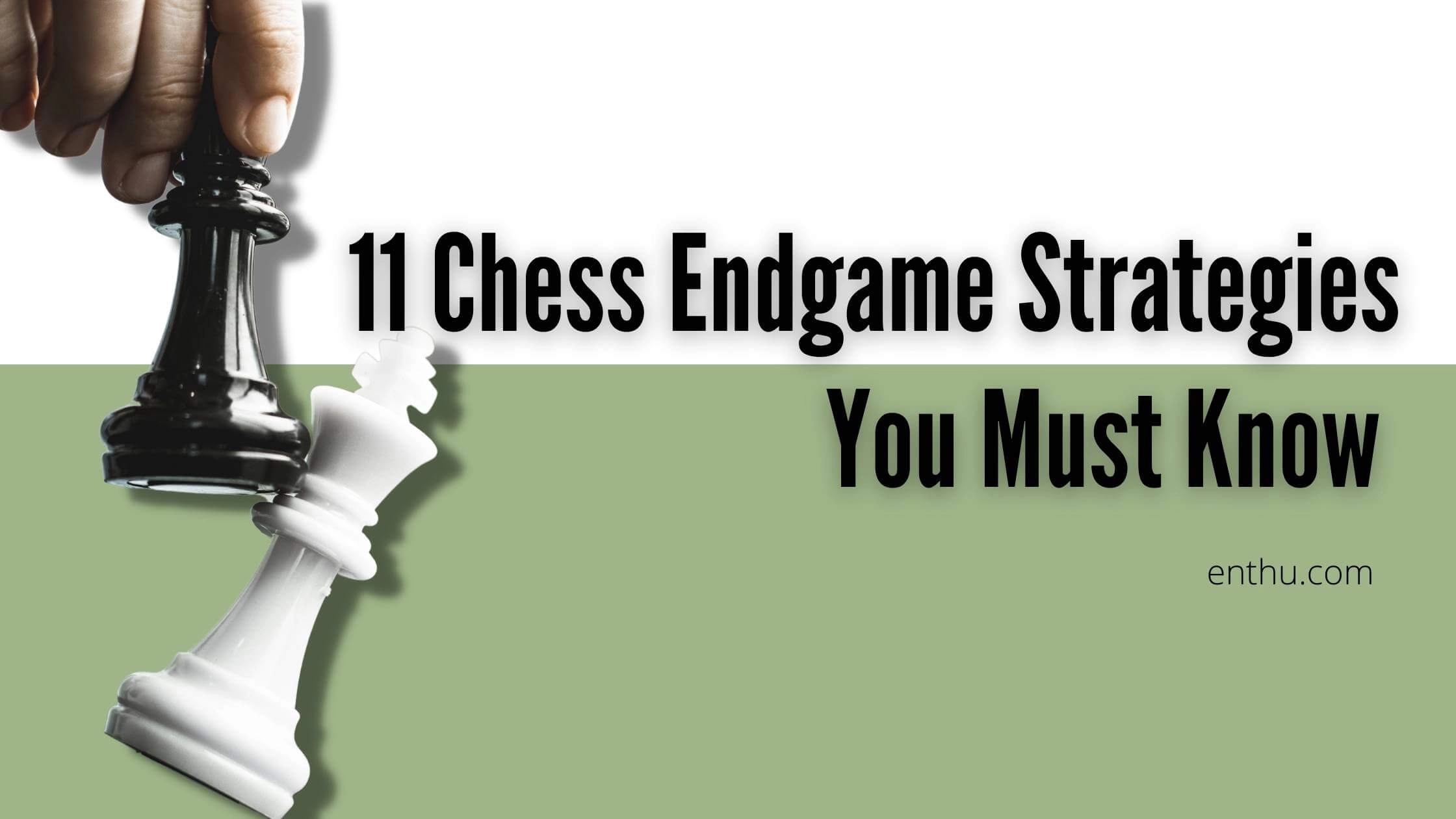
3. Why Know the Point Values?
To Understand Your Position in the Game
I am sure you're familiar with chess.com. If you're, have you noticed +1 or any other number displayed just beside your profile? (Checkout the picture below.)
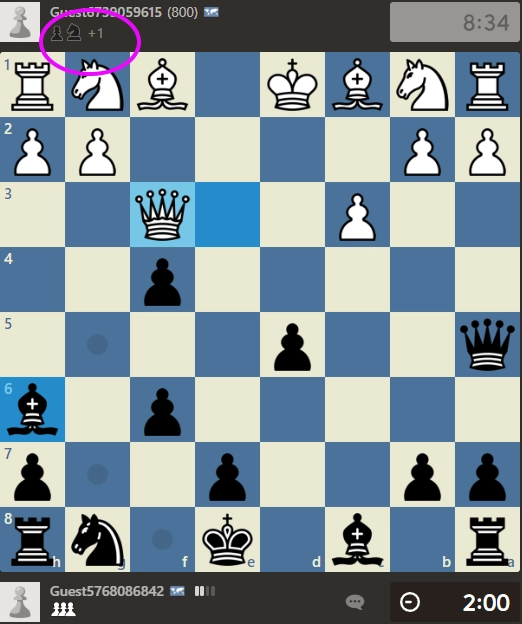
Yep, the number circled says a lot about how the game is going and how you're doing in the game. In the above picture, White is in an advantageous position over Black because the score is 1 love.
4. To Understand Scoring
As you saw in the above section, the number is your score in the game. Please don't mistake it with your rating.

5. How to Count the Score?
The score is counted by calculating the values of the enemy pieces/pawns you've captured. If you capture an enemy pawn, then you gain 1 point. Similarly, if you capture a knight, you earn 3 points. And the total score is the added points of the pieces/pawns you've captured or exchanged.
Disclaimer: Standard Point Values don't Work all the time The standard points value of the chess pieces and pawns is suitable to calculate the validity of your captures / exchanges during the opening and middle.
Later, the standard valuation doesn't fit because the value of the piece or pawn depends on its position on the board and how it affects the neighboring enemy pieces. In simpler words, the value of the piece would increase if it's in an open position than in a closed position. So, keep this thing in mind and don't take these point values as the ultimate values of chess characters.
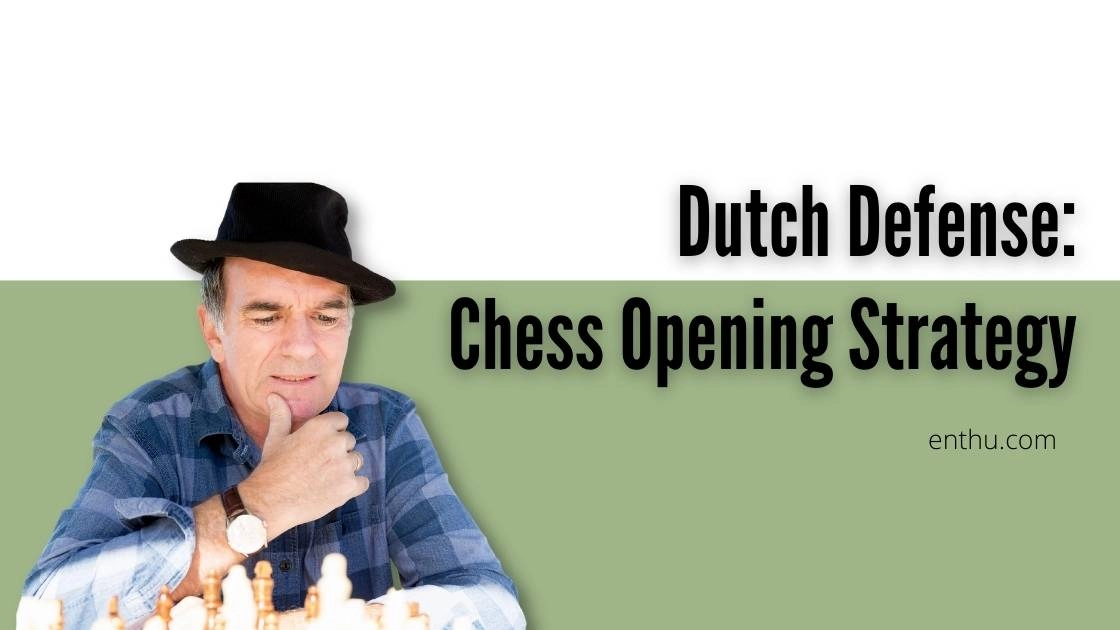
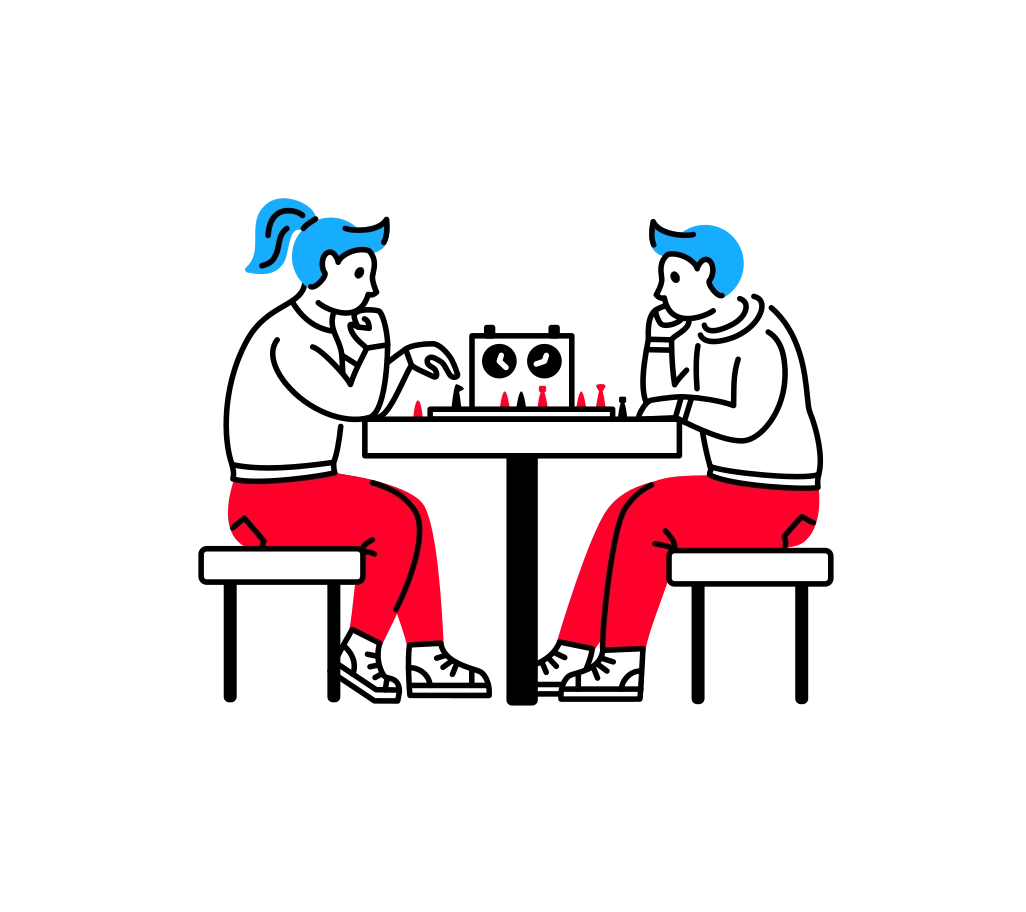

Conclusion
I suggest every chess player remember the values of the chess pieces/pawns and keep them in mind during the games and chess lessons. Don't forget that the values also change according to position and timing in the game. And, these are not included in the FIDE-approved rules of chess. With this, I end here. Sayonara!
FAQs
1) Is a queen worth 9 or 10 points?
Most chess federations and clubs give 10 points to the queen.
2) Who set the point values for pieces in chess?
It's not a single person who sets the points value for pieces in chess. The history of chess piece value goes as far back as the beginning of the nineteenth century.
Jacob Henry Sarratt was one of the pioneers who set separate values for chess pieces and pawns, followed by Philidor. Now, we follow the point values set by Israel Albert Horowitz, heavily influenced by Berliner.
3) Is a queen worth a rook and a bishop?
No, a queen isn't equivalent to a rook or a bishop separately. But, if you take the rook and bishop as a combo, then they're stronger than a queen.
Please note that other pieces can compete with a rook or a bishop only in the endgame, not in the middlegame. Talking about the endgame, a passed pawn is also worth a queen.

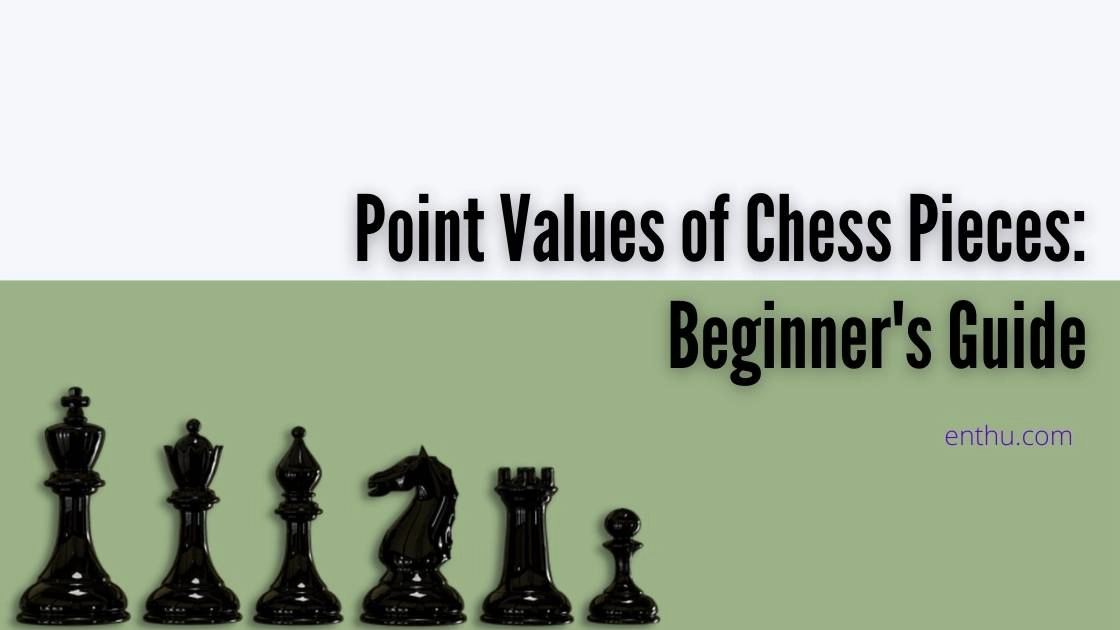
Comments